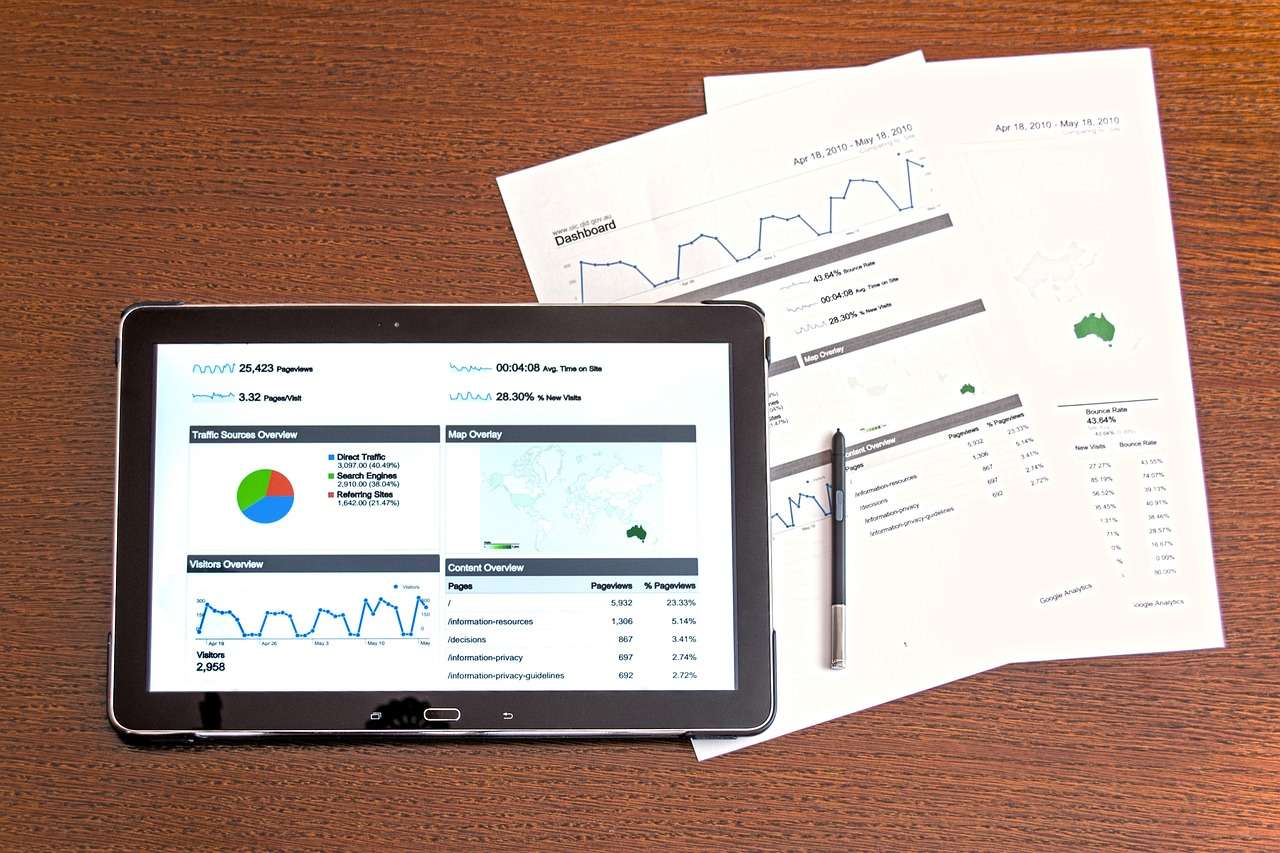In the world of e-commerce, data is king. But tracking and analysing your business metrics can be a daunting task. It’s like searching for a needle in a haystack, except the haystack is a never-ending stream of data, and the needle is the insight that will take your business to the next level. So how do you find that needle? Fear not, my fellow e-commerce professionals. I’m here to guide you through the mysterious world of e-commerce analytics.
First things first, let’s talk about what metrics you should be tracking. It’s not just about sales and revenue, folks. You need to look at the big picture. Metrics like customer acquisition cost, conversion rate, average order value, and customer lifetime value are all key indicators of your business’s health. But don’t stop there. Get creative and track metrics specific to your business. For example, if you sell shoes, track metrics like return rate due to sizing issues or the average time it takes for customers to make a purchase decision.
But tracking metrics is only half the battle. You need to analyse them to make informed decisions. One way to do this is by using cohort analysis. This allows you to track the behaviour of a specific group of customers over time. For example, you can track the behaviour of customers who made their first purchase in January and see how they compare to customers who made their first purchase in February. This can give you valuable insights into customer retention and loyalty.
Another approach to analysing your metrics is through A-B testing. This involves testing two different versions of a web page, email, or ad to see which one performs better. This can help you optimise your campaigns for maximum effectiveness. For example, Dropbox increased their sign-up rate by 60% by changing the colour of their call-to-action button.
But beware, not all metrics are created equal. As e-commerce expert Avinash Kaushik says, “Most companies don’t have a data problem, they have a prioritisation problem.” Don’t get bogged down monitoring every measure imaginable. Focus on the ones that matter most to your business .
Now, let’s talk tools. There are lots of analytics tools out there, from Google Analytics to Kissmetrics to Mixpanel to name a few. But which one is right for you? It depends on your business needs and goals. For example, Google Analytics is great for tracking website traffic and behaviour, while Kissmetrics is focused on tracking customer behaviour and engagement.
But here’s the thing. Even with all the best tools and metrics in the world, if you don’t actually take action on your insights, you’re just spinning your wheels. Use your analytics to inform your business decisions and make data-driven continuous improvements.
Tracking and analysing your e-commerce metrics can be a complex task, but with the right tools and approach, it can unlock valuable insights into your business. As the famous statistician W. Edwards Deming said, “In God we trust, all others must bring data.” So go forth, my fellow e-commerce professionals, and bring that data.
And if you’re feeling overwhelmed, just remember, you’re not alone. As e-commerce guru Neil Patel once said, “Data is like garbage. You’d better know what you are going to do with it before you collect it.” So go forth and collect that garbage, my friends. Your business will thank you for it.
To ease any feelings of being inundated, here’s a framework and methodology to help you track and analyse your ecommerce metrics like a pro.

Step 1: Define Your Business Goals and KPIs
First, you need to determine what you want to achieve with your ecommerce business. Are you looking to increase revenue, boost customer engagement, or reduce cart abandonment rates? Once you’ve identified your goals, you can then determine which Key Performance Indicators (KPIs) you’ll need to track to measure progress toward those goals.
Step 2: Choose Your Metrics
With your KPIs identified, it’s time to choose the specific metrics you’ll track. Some common ecommerce metrics include:
- Conversion rate: The percentage of website visitors who make a purchase.
- Average order value (AOV): The average amount a customer spends per order.
- Customer lifetime value (CLTV): The total amount a customer is expected to spend on your products or services over their lifetime.
- Cart abandonment rate: The percentage of customers who add items to their cart but don’t complete the purchase.
While these are all important metrics, don’t forget to consider some lesser-known metrics that may be relevant to your business. For example:
- Customer acquisition cost (CAC): The cost to acquire a new customer.
- Retention rate: The percentage of customers who return to make a second purchase.
- Referral rate: The percentage of customers who refer others to your business.
By tracking these metrics, you’ll gain a better understanding of the health of your ecommerce business and be able to make data-driven decisions.
Step 3: Set Up Your Analytics Tools
Now that you know which metrics you’ll track, it’s time to set up your analytics tools. Google Analytics is a great place to start, as it provides a wealth of information about your website traffic and customer behavior. You can also use ecommerce-specific tools like Shopify or WooCommerce, which offer in-depth reporting and analysis features.
Step 4: Collect and Organise Your Data
Once your analytics tools are set up, start collecting and organizing your data. This might involve creating spreadsheets or dashboards to track your metrics over time. It’s important to keep your data organized so you can quickly and easily identify trends and insights.
Step 5: Analyze Your Data
Now that you’ve collected your data, it’s time to analyze it. One technique to try is cohort analysis, which allows you to track the behavior of specific groups of customers over time. Another is A/B testing, where you test different versions of your website or marketing campaigns to see which performs better.
Step 6: Take Action
Finally, it’s time to take action based on your analysis. Use your insights to make data-driven decisions that will help you achieve your business goals. For example, if you find that your cart abandonment rate is high, you might try implementing a retargeting campaign to bring customers back to your website.
Remember, tracking and analyzing your ecommerce metrics is an ongoing process. By regularly reviewing your data and making adjustments to your strategy, you can continuously improve your ecommerce performance.
To drive the point home, here’s a real-world example: online clothing retailer Bonobos used data analysis to discover that customers who visited their site multiple times before making a purchase were more likely to become repeat customers. Armed with this insight, they launched a retargeting campaign aimed at bringing customers back to their site, resulting in a 34% increase in repeat customers.
So go forth and track those metrics! By using this framework and methodology to guide your efforts, you’ll be well on your way to ecommerce success.





